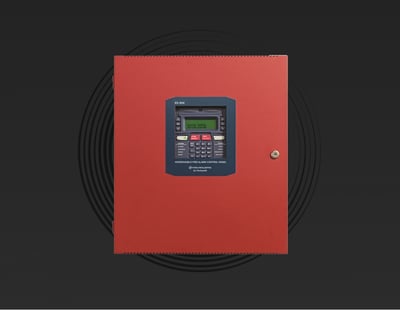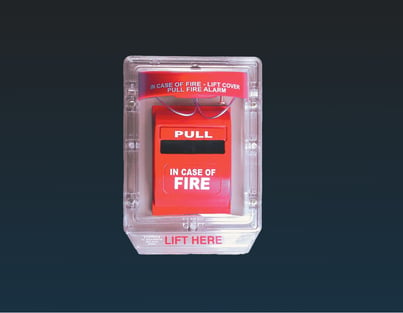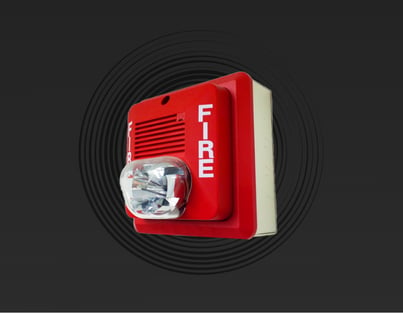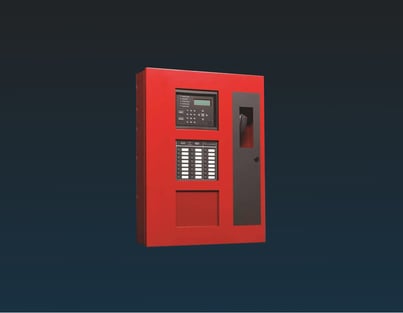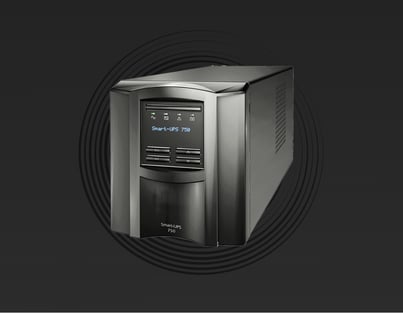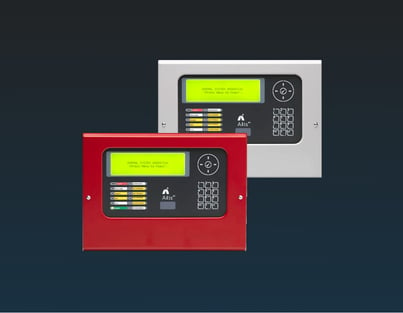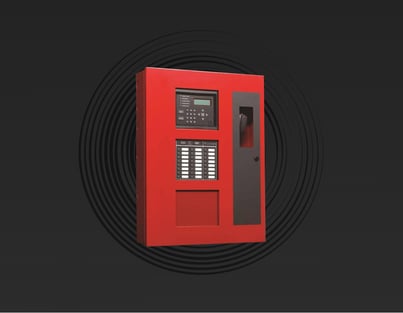Commercial Fire Systems
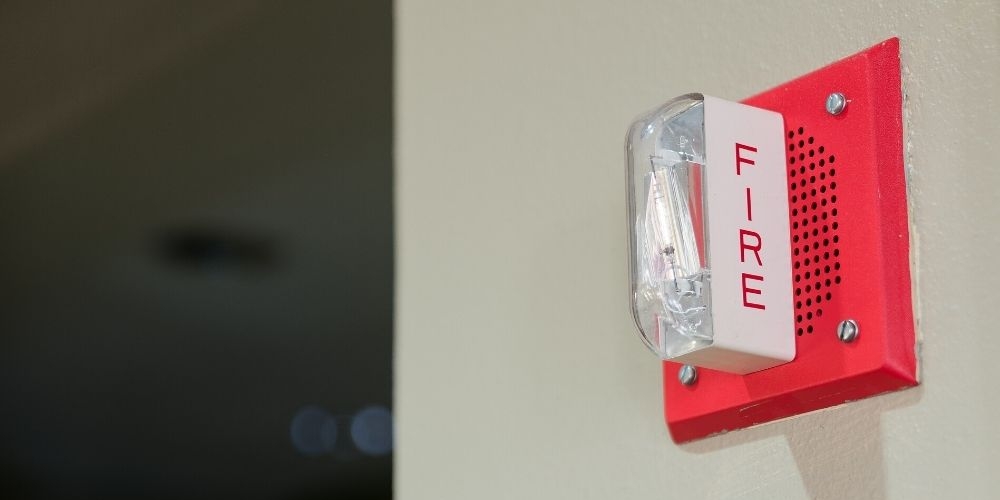
All commercial properties are required by law to have a fire detection system.
The size of that system is dependent on the building size and classification. These systems could include alarm initiating devices, alarm notification devices, control panels, back-up power, remote annunciators, and in some cases a building safety interface.
Components defined:
⎯⎯⎯⎯⎯⎯⎯⎯
Alarm Initiating Devices
These devices include detectors for heat, smoke, and Co2 that are triggered either manually or automatically. A combination of these devices is typically installed throughout commercial spaces to provide maximum coverage.
Notification Devices
These are devices designed to provide a visual or audible alarm to inform building occupants of an emergency. This warning could be represented as a chime, horn, or flashing lights.
Control Panel
This is the central hub for the fire alarm system. All of the information collected by the initiating and notification devices are sent to these panels where it can be reviewed by building safety personnel. Additionally, this panel allows users to see if there are any trouble codes in the building so that the issue can be rectified.
Back-up Power
Fire systems have to be able to notify building occupants of an emergency in any situation, including a power outage. This is accomplished through the installation of battery backups that are connected directly to the control panel.
Remote Annunciators
These devices are add-ons that allow users to monitor, activate, and deactivate every fire alarm in a building remotely. These devices are typically used in larger buildings with several alarm devices.
Safety Interfaces
These devices communicate with the building itself in the event of a fire and can control elevators, force doors to stay open so that occupants can escape, and they can protect people from smoke by forcing doors to close.
CDS Security will work with you to find the best solution for your business.
Our solutions are personal and catered directly to your needs.
